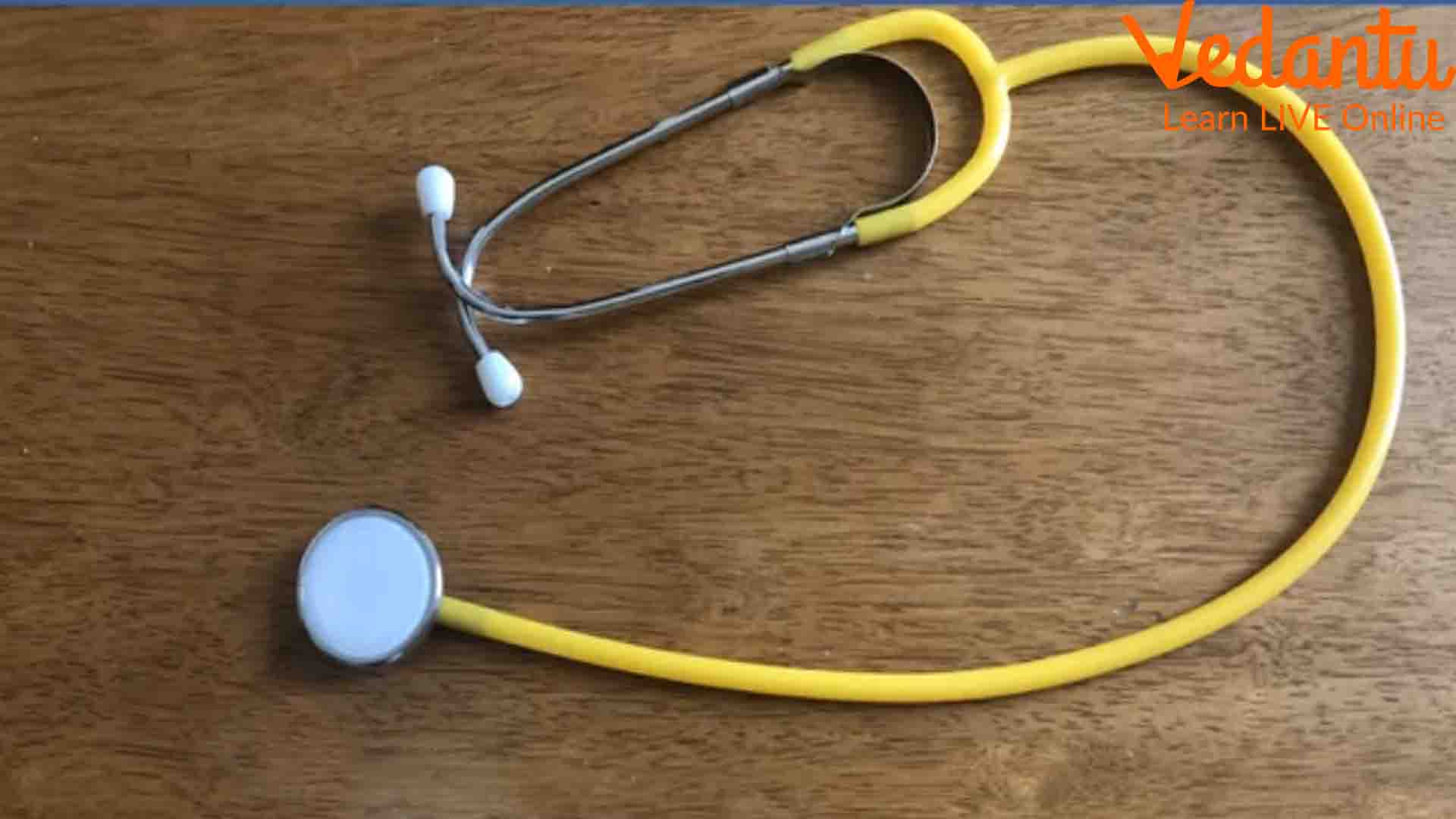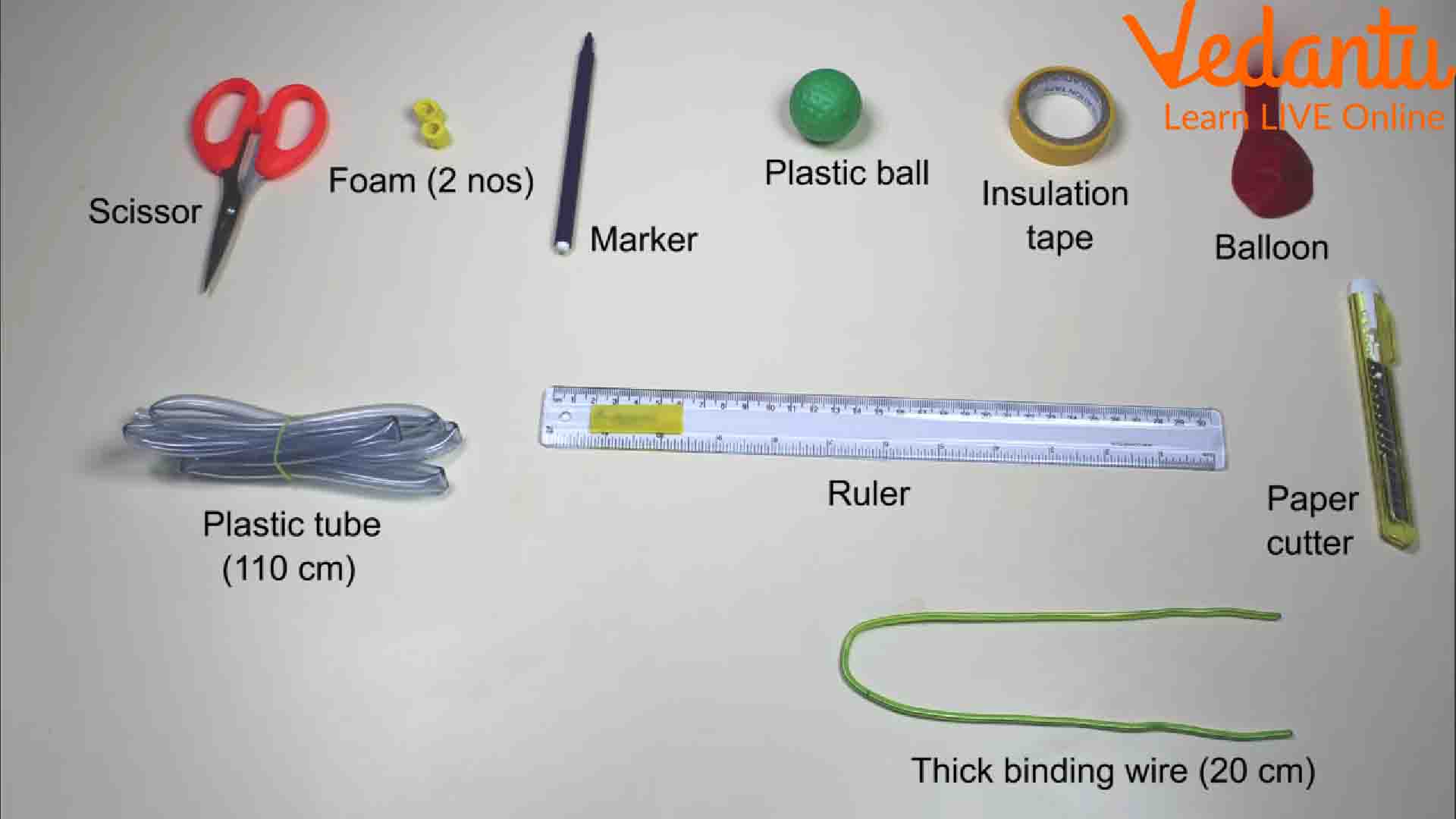How Can DIY Stethoscopes Boost the Confidence of Children?
A stethoscope is an important tool in medical science. Doctors and healthcare workers use this to measure our heartbeats. But, of course, kids cannot play with the real stethoscope. You can, however, help them make a basic model of stethoscope at home to teach them the importance of it. It may become the first step to their interest in medical science. Not only that, during the process of making a homemade stethoscope, kids can enjoy the time with their parents. As a result, you can create a strong bond together.
Kids often imitate doctors while playing with a model of stethoscope. Making a toy stethoscope can also make them happy. It can also build kids' motor skills. So, in this blog, let us explore how to make a stethoscope.
Science Behind a Stethoscope
The vibration of the human body directly produces acoustic pressure waves, which travel via the connected tube to the listener. The disc and the stethoscope's tube amplify small sounds (like the sound of your lungs or heart). The amplified sound travels up the stethoscope’s tube to the earpieces, and you can listen.
5 DIY Stethoscope Ideas to Try out at Home
Method One
What Do You Need?
Kitchen Roll Tube
Gaffer tape/Duct
Small Funnel
Instruction
Take a kitchen roll tube.
Place it on your friend’s chest to hear the heartbeat.
Now tape the funnel into one end of the kitchen roll.
Put that on your friend’s chest.
Observe the difference and try to understand if it sounds clearer.
Now let your friend have some jumps.
Check the differences in their heart rates.
Try to count the number of beats before and after some workout.
You can record the data on a chart.

DIY Stethoscope
Method Two
What Do You Need?
A Balloon
2 funnels
Thin Tube
Instruction
Cut off around 1/3rd of a balloon from their open end.
Stretch the rest of the balloon over a small funnel.
Use plastic wrap if you do not have balloons.
Use solid tape to secure it in place.
The better you cover it with a balloon, the better it will work.
Cut a 40cm length of clear, plastic tubing. You can buy it from a nursery or hardware shop.
Push the narrow end of the funnel into the tube.
Now secure it tightly.
Add another funnel to the other end of the tube.
You do not have to cover this end with another balloon.
Now put the covered end of the stethoscope over the heart.
Put another end over the ear.
Try on other people and different parts of your body.
Try to record your heart rate with a stopwatch and observe the working of a stethoscope.
Method Three
What Do You Need?
Aquarium Tubing
2 and 11/4 inch PVC pipe that has 90-degree elbows
Duct Tape
Stopwatch
Instruction
Firstly, cut enough tubes to reach from your heart to your ear.
Attach the tubing to one end of each pipe elbow using duct tape.
Ensure the tapes completely seal all openings so you hear the heartbeats.
Place one pipe piece against the ear and the other against the heart.
Measure the heartbeat of a person who has just done some sports activity.
DIY Stethoscope
Method Four
What Do You Need?
Paper Towel Tube
Tape
Funnel
Marker
Stickers
Instruction
Take a funnel and place the narrow end into a paper towel tube.
Tape it into place all around where the funnel and tube touch.
Take the other funnel and place it at the other end of the paper towel tube.
Tape it in place just like the first one.
Decorate and use stickers to make it look good.
Method Five
What Do You Need?
Dollar store headbands
Felt of various colours
White Ribbon
Glue
Instruction
Cut two circles from the felt, followed by one heart.
Sandwich the ribbon between the two circles of the felt.
Apply glue to the circles.
Attach a heart to the front.
Apply glue to the other end of the ribbon to the top curve of the hairband.
You can glue some felt to the ends of the headband to create a cushion for children’s little ears.
Once the stethoscope has dried, children can play with it.

DIY Stethoscope for Children
How Does the DIY Stethoscope Help in Learning?
We often see toy shops selling “Doctor’s Play Sets”. Children tend to learn more when the knowledge is not typically bookish.
A DIY stethoscope making can let them experience working of a homemade stethoscope practically.
DIY is an effective method to implement your knowledge and skills in real life.
Thus they learn why and how things work in a useful manner.
They learn how to make a stethoscope! The aim of science projects is so.
A stethoscope is a common tool used by medical professionals. The job of a doctor is one of the most common professions your children get to see in the immediate community.
They have a positive and prominent impact on children’s lives. Activities like simple stethoscope drawing and making a toy stethoscope will help them be more interested in further learning.
How Does a Stethoscope Work?
Stethoscopes are simple devices. Doctors and health care workers use it to check patients’ heart health and the overall rhythm of the body.
They work using vibrations due to sound waves. When it is placed on someone’s chest, the sound waves created by the heartbeat reach the ears.
When the heart pumps blood, contraction and expansion take place.
Those valves cause vibrations a stethoscope can detect.
This further causes vibration in the air inside the stethoscope.
Those vibrations travel down the air in the tube, and your ear picks them up.
When you exercise, the heart beats faster to circulate more blood around your body.
The stethoscopes doctors use have a chest piece, earpieces, and rubber tubes.
The chest piece has a diaphragm and bell that amplify the sound of the heartbeat to the doctor’s ears.
You could improve the stethoscope using different materials (like a funnel at each end). The size of the funnel also plays a role in how well it works.
Conclusion
We hope these DIY stethoscope making activities will help your child have a fun learning session. These fun and simple learning ways will likely impact your child’s brain and heart. Education is no more a boring and forceful thing to inject. The initial days of learning are the most difficult for anyone. Doing it constructively and interestingly will serve educational and entertainment purposes for young children.







